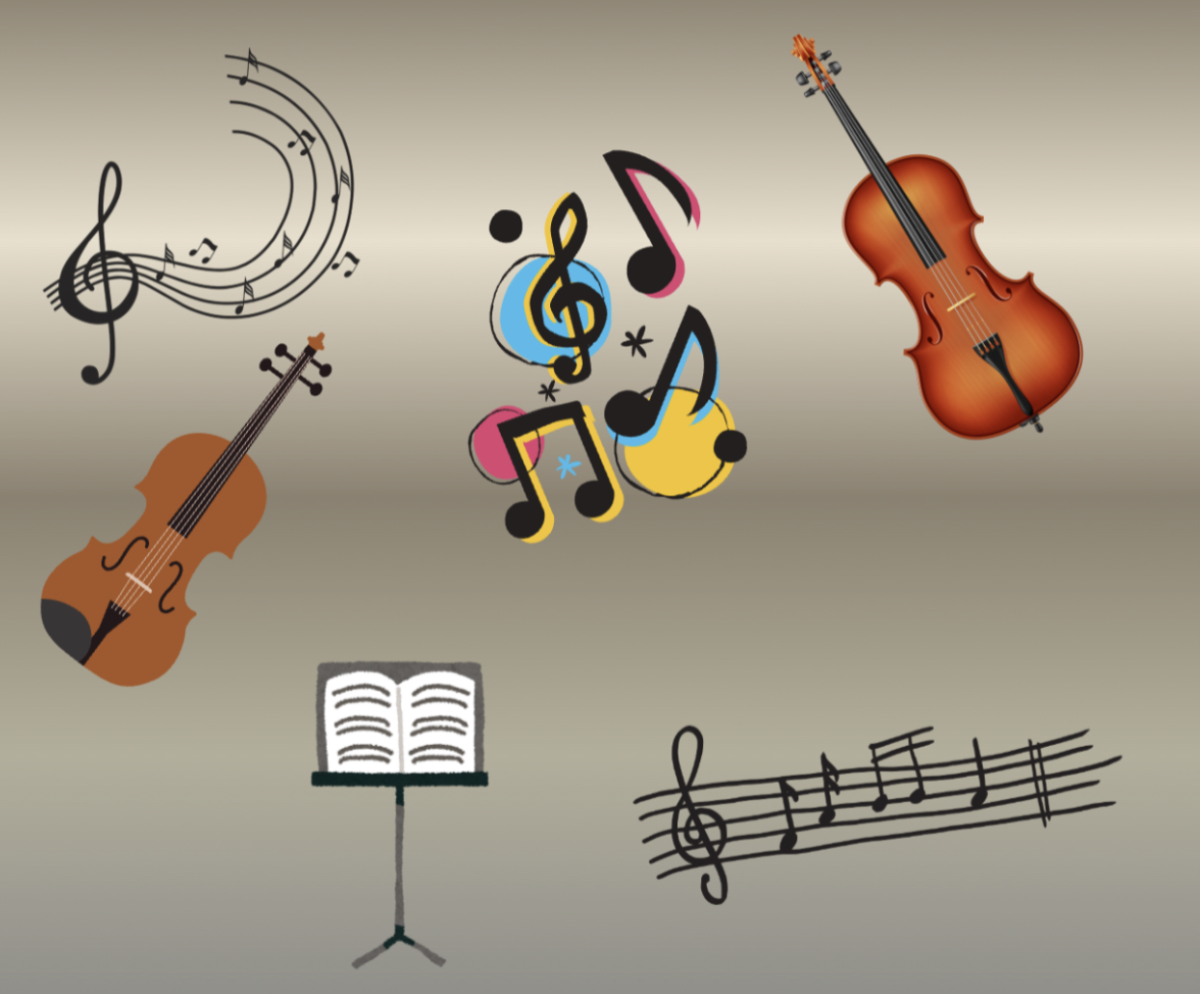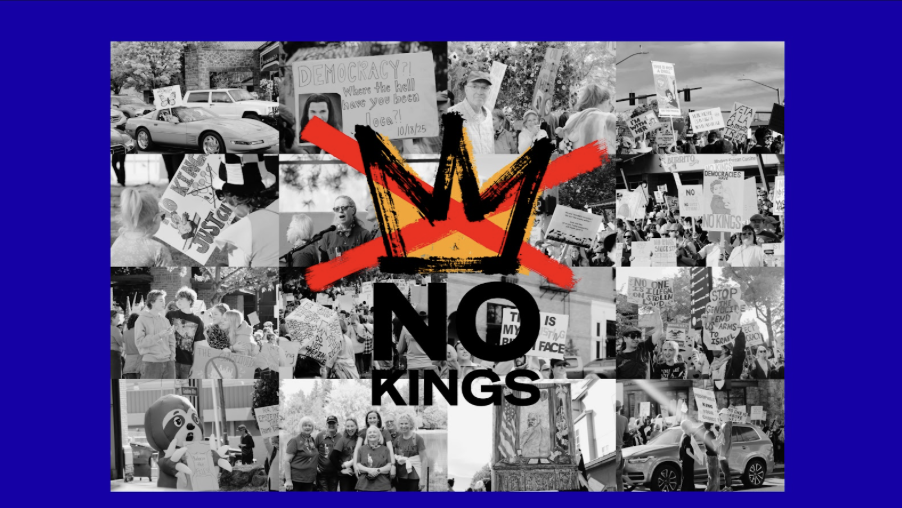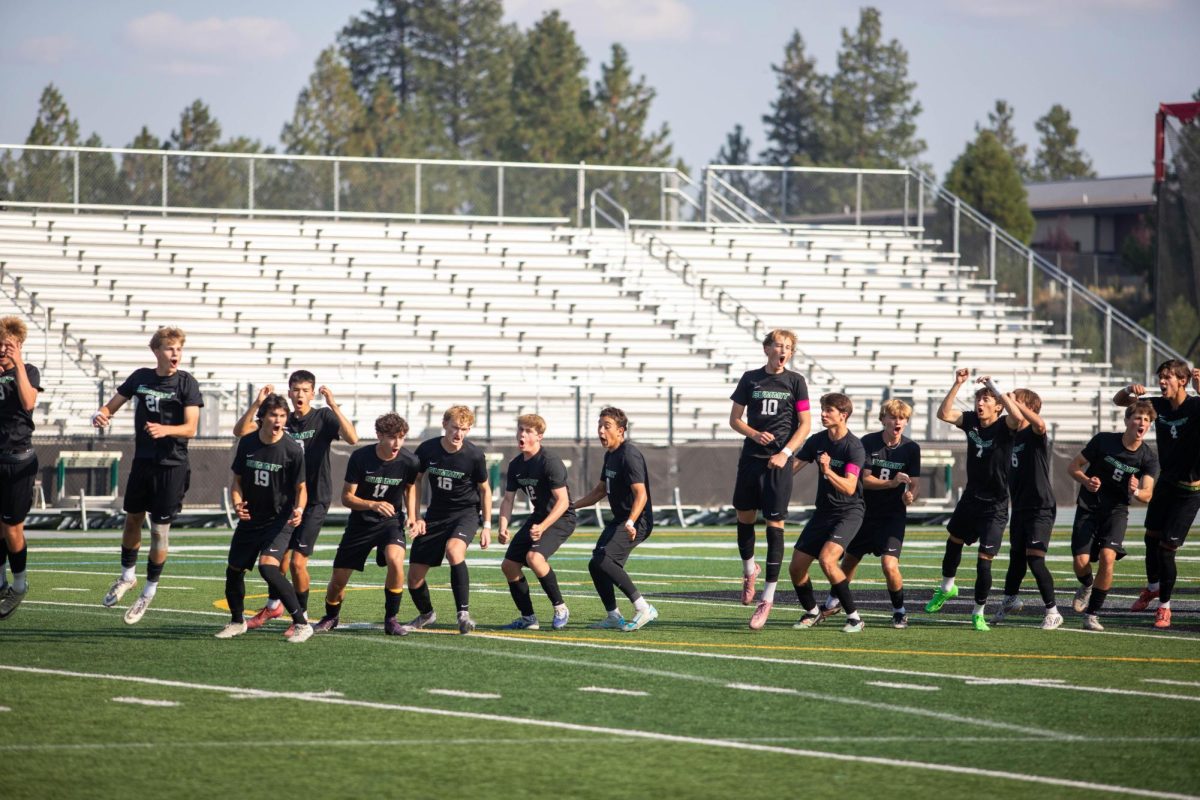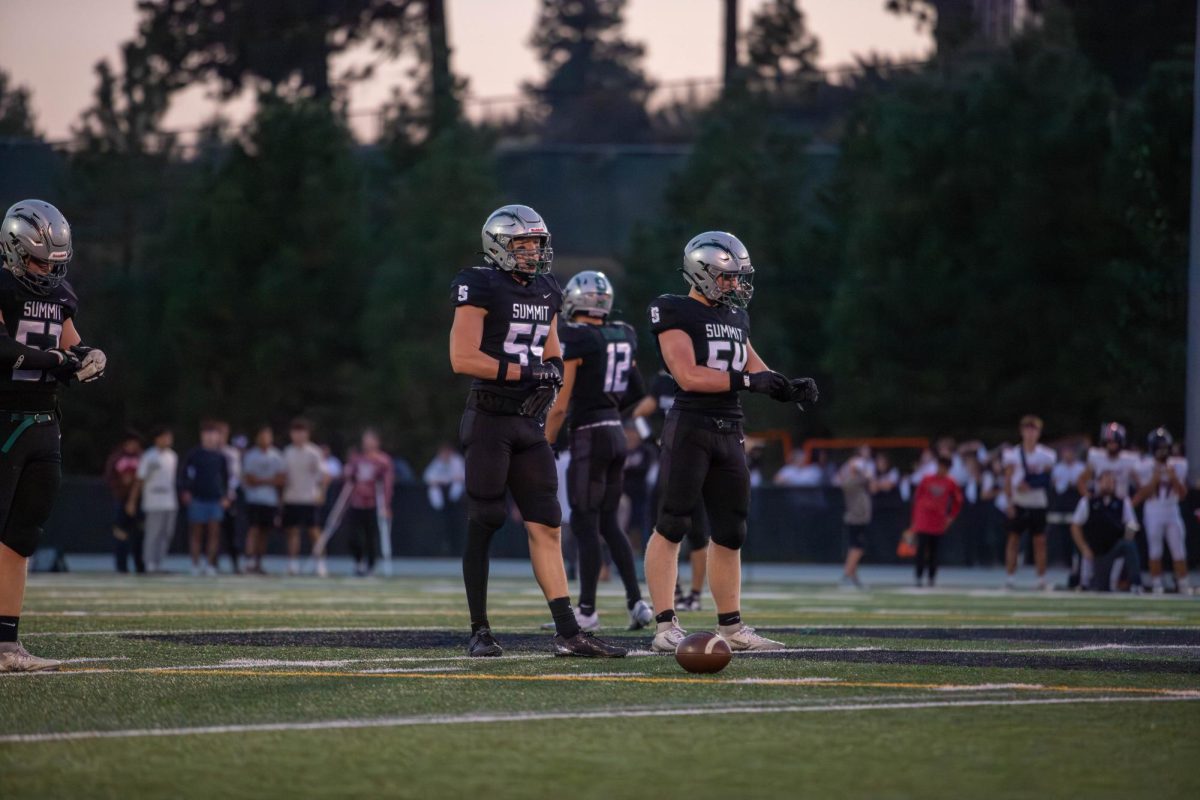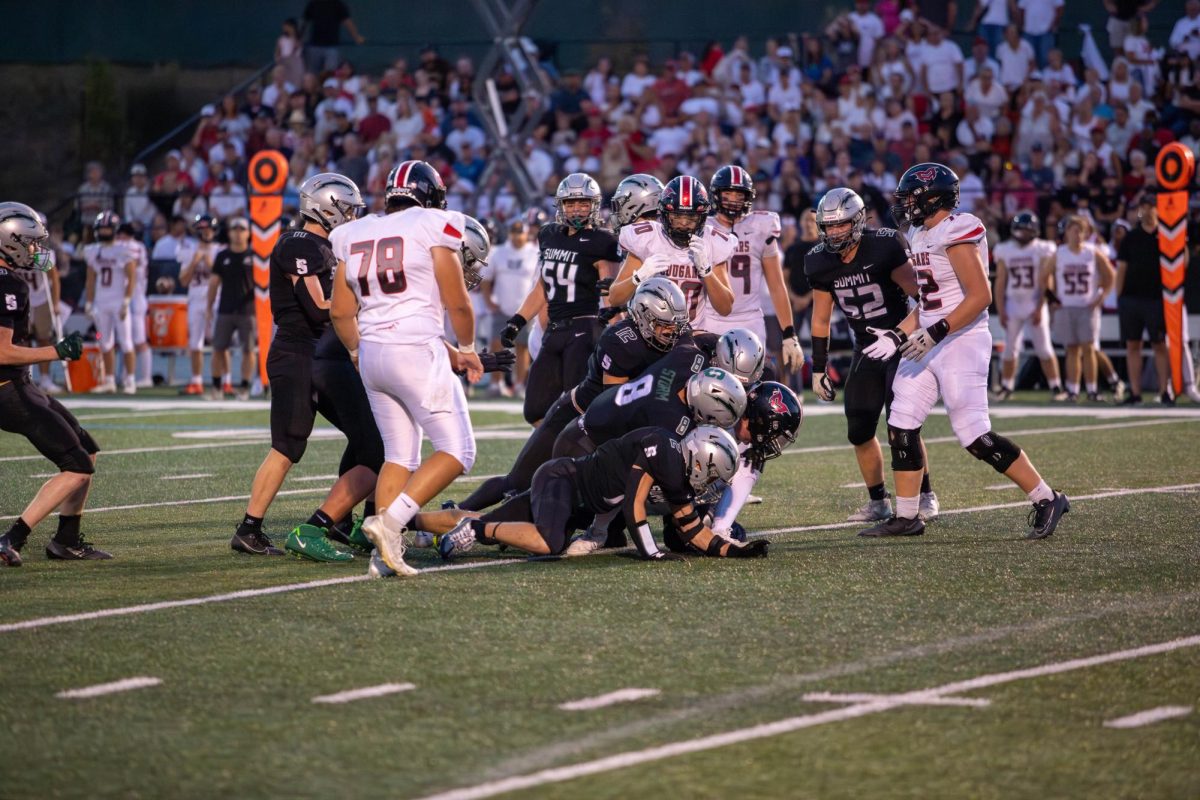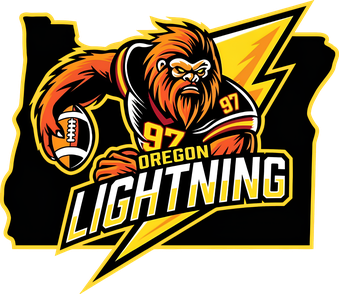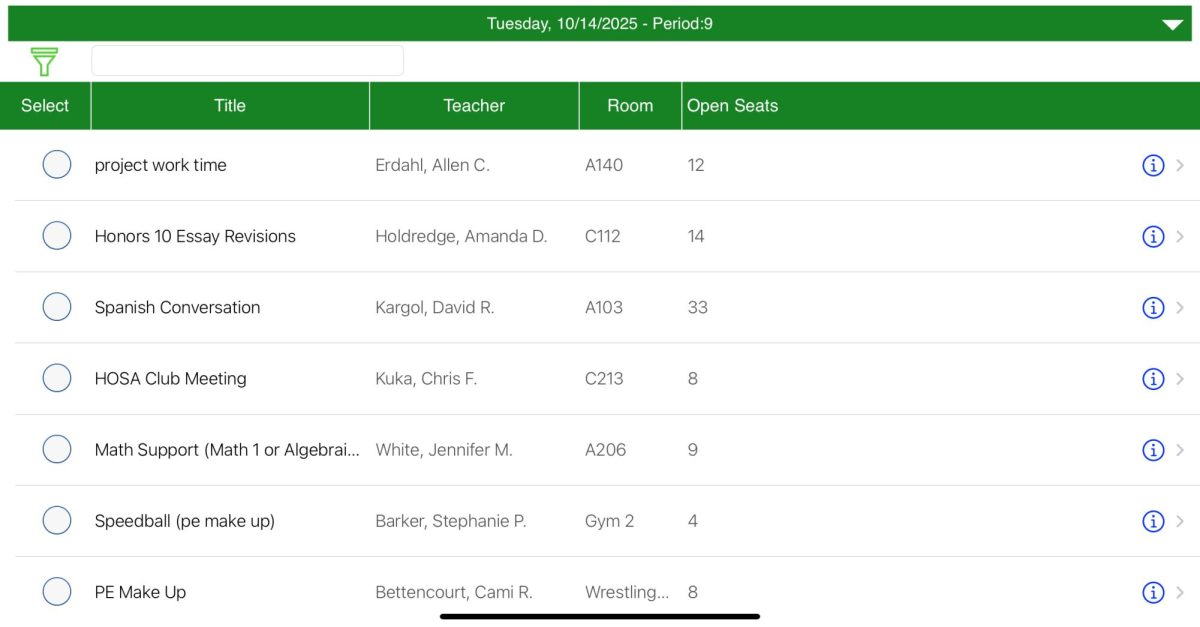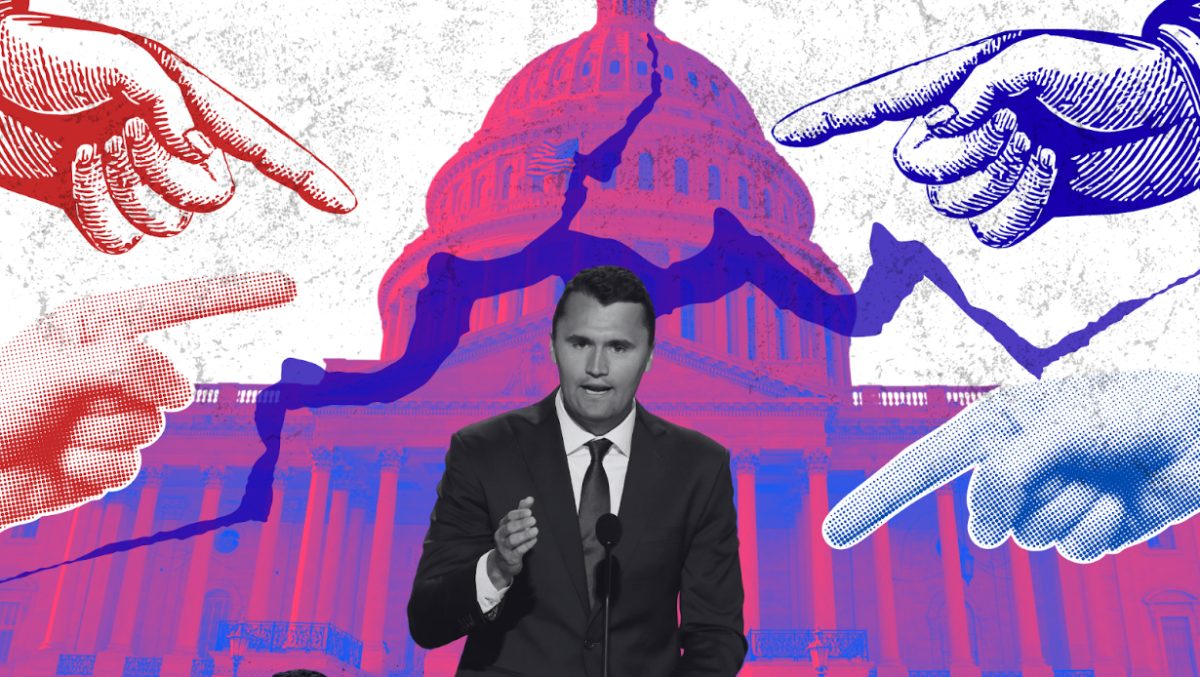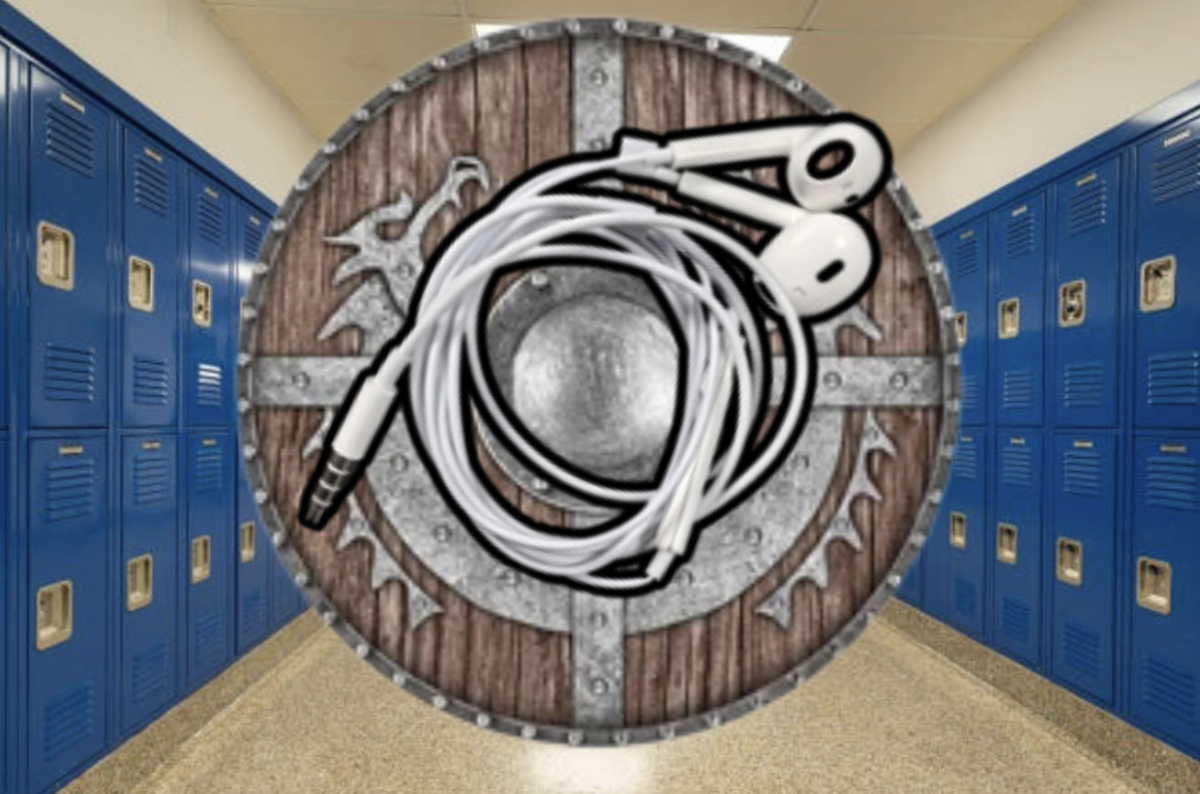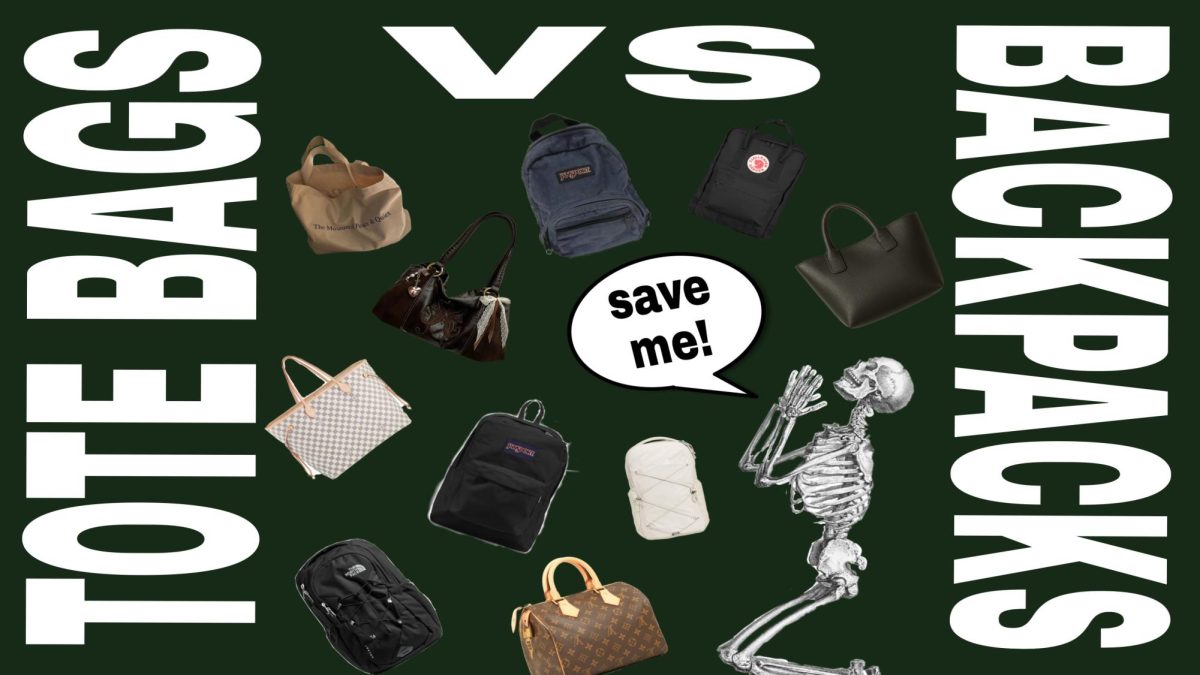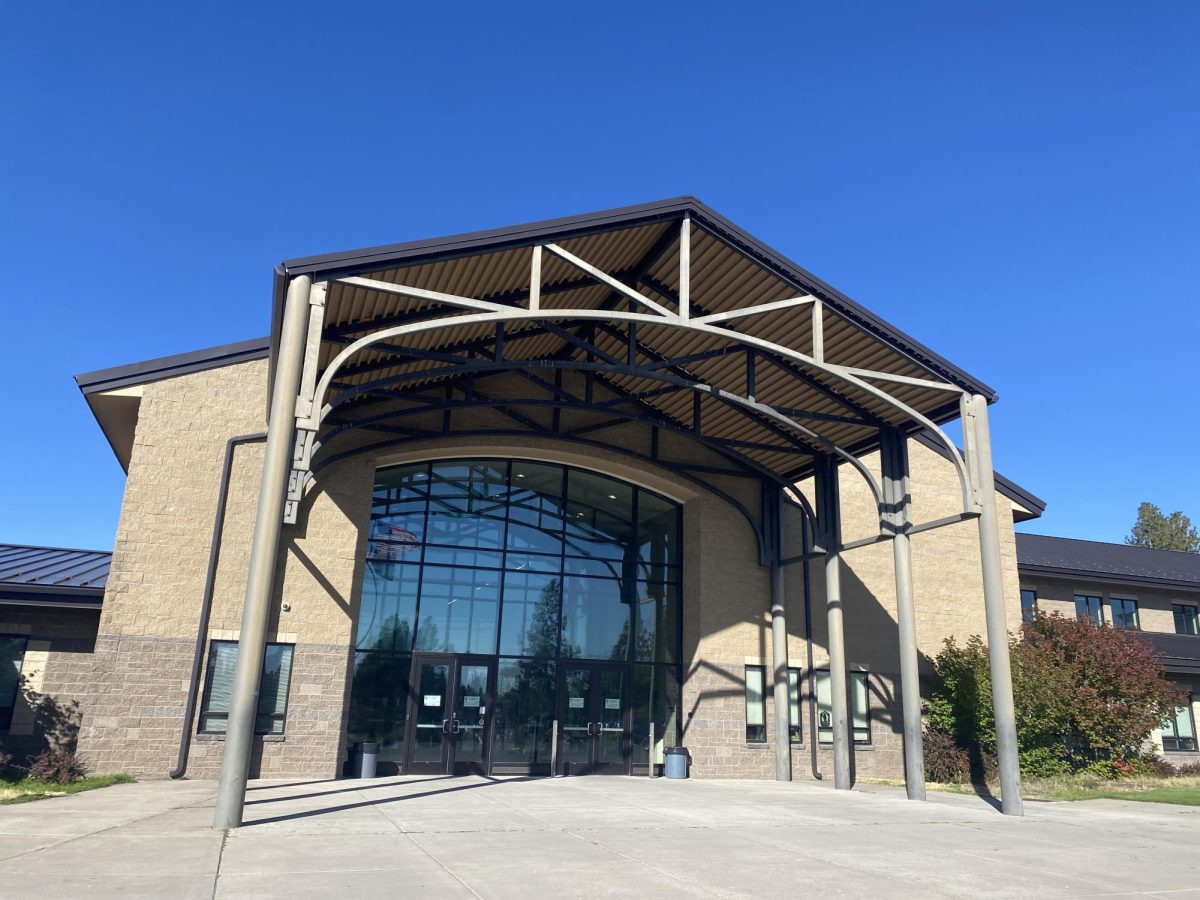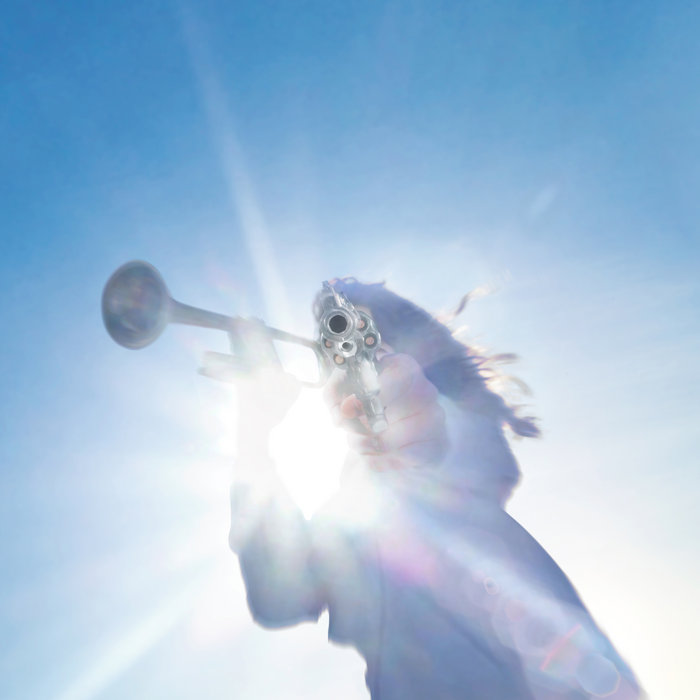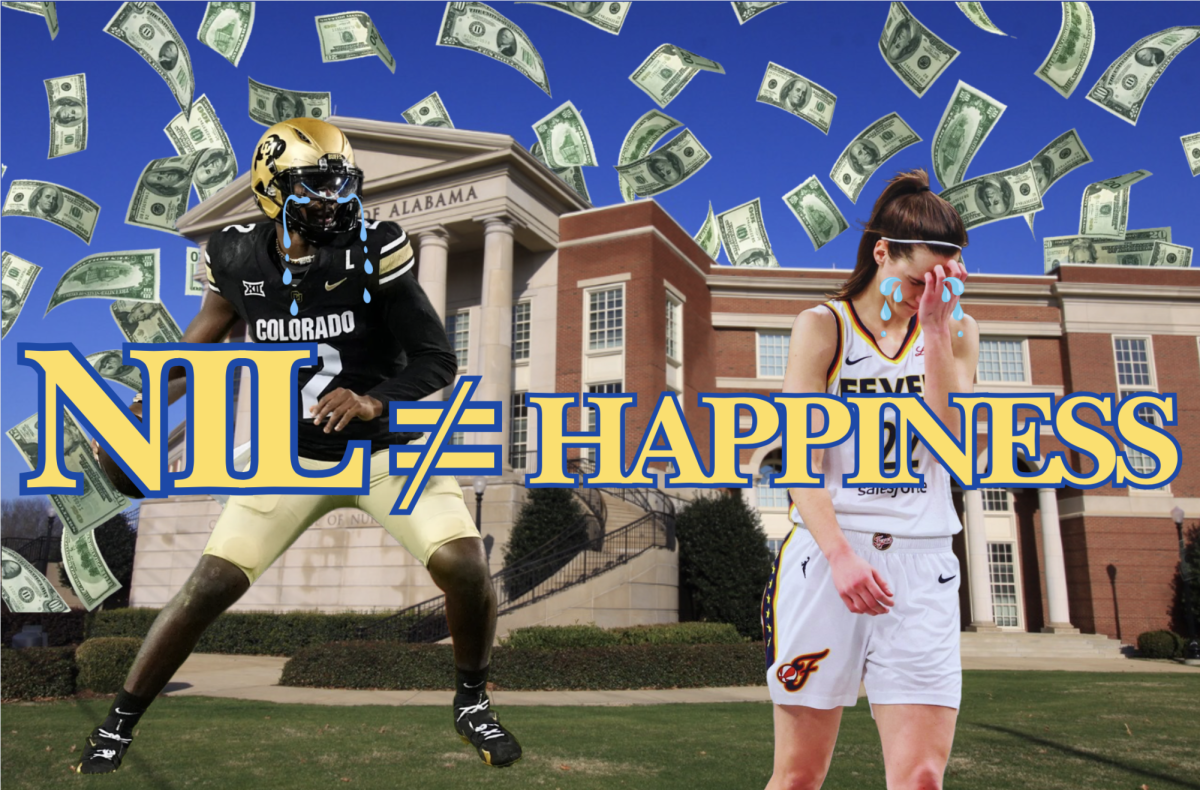Three years ago, college athletes gained the right to profit from their name, image and likeness (NIL)—and while some are cashing in, others are still left holding the bag. It’s a new era for college sports, but the scoreboard of profit distribution has barely budged. NIL deals are here, but they benefit only a few elite players, leaving most college athletes, especially in smaller sports or women’s teams, with little to no financial gains. Meanwhile, schools and sponsors profit massively, which raises the question: who truly benefits from the NIL system?
The introduction of NIL deals marked a big change in NCAA rules, allowing college athletes to make money from their unique brands. This shift was meant to give athletes more control and financial opportunity. High-profile athletes like Olivia Dunne and Caitlin Clark have taken advantage of NIL deals, landing major sponsorships and illustrating how rewarding player branding can be. However, as athletes try to keep up with school, and maintain their brand, only those getting paid the big bucks are at an advantage, and less popular athletes are left behind. In response, an unusual team dynamic is born.
NIL deals create a caste system within teams, this dichotomy and uneven distribution of wealth and popularity can lead to tension, especially when only a few popular teammates are securing high-paying deals. Star players might score six-figure endorsements, but their lesser-known teammates—who are essential to the team’s success—often don’t see a dime, leading to feelings of division and rivalry. This shift pushes college sports culture away from school pride and unity toward personal financial gain. Coaches now contend with athletes who may prioritize lucrative deals over team development or growth, redefining what it means to “play for the school.”
As NIL continues to shape recruiting and team culture, the loyalty and camaraderie that once fueled college sports risk is taking a back seat to the pull of individual profit.
Most NIL money goes to a small number of athletes in popular sports, leaving those in less well-known sports behind. NIL deals also add pressure for athletes to perform well and stay active on social media, which can sometimes take time away from schoolwork or training, and can lead to more athletes transferring schools in search of better deals which impacts community and school spirit.
Some college athletes are cashing in more than NFL rookies while still wearing their school colors. The NFL’s base salary might be around $750,000, but elite college athletes can rival—and most likely surpass—that amount through endorsement deals alone. For example, Shedeur Sanders is reportedly raking in $2.8 million annually in NIL money, putting him almost on par with an average NFL quarterback salary, which sits at $7 million for top players. Unlike pros in highly paid positions like quarterback or defensive end, college athletes can build wealth without facing the brutal competition and contracts that pro rookies do, who might otherwise land in lower-paying roles like running back ($1 million on average) or even practice squad ($12,500 weekly for rookies). So for many, staying in college under NIL rules isn’t just a chance to build a personal brand; it’s a financially savvy choice, redefining “amateur” sports.
“College sports are all transactional,” said Summit track coach and teacher Dave Turnbull.
The setup itself has become slimy, as athletes are now responsible for promoting their “brand” on top of maintaining their athletic and academic commitments with minimal support or structure. This shift pressures young athletes to perform not just for their team but for followers and sponsors, threatening to overshadow what college sports should be about, teamwork, development and comradery.
“The linemen aren’t making as much as the quarterbacks and the receivers and all that kind of stuff. And so there will be some resentment there, but the bigger issue is that kids aren’t now going for an education,” said Turnbull. “They’re going to make money, and we’ve got the whole system kind of backwards now. So education has become profiteering, and I don’t think that’s good for kids.” NIL deals have also incentivized more players to transfer schools in search of better offers and more money, disrupting team unity and loyalty, two qualities that make college sports so unique.
And let’s be honest—the companies and schools cashing in on NIL are walking away with far more than the athletes ever will. Schools still take the biggest slice of the revenue generated by college sports, leaving the athletes—who are the main attraction—with crumbs.
In the NIL arena, male and female athletes face starkly different realities: men are signed up for sports gear, energy drinks and products that showcase their athletic prowess, while female athletes are more often pushed toward more lifestyle and beauty endorsements. Gymnast Dunne, for instance, cashes in big on her social media, but it’s her follower count, not her athletic feats that make her stand out from her team. Meanwhile, male stars like Sanders and Caleb Williams secure deals that reinforce their identities as athletes first, aligning them with football gear and sports nutrition. Even athletes like Clark, who has redefined women’s basketball, find themselves outpaced by their male counterparts. For true equity, brands need to pivot and value female athletes equally for their achievements, so that skills, not stereotypes, define success.
On the positive side, NIL deals give some athletes more financial freedom, helping them pay for school and support their families. This extra money can make a big difference, especially for those from low-income backgrounds. NIL also brings more exposure, which can boost athletes’ chances of going pro by raising their profile through sponsorships and social media. For some players, NIL money even makes staying in college more appealing than leaving early, allowing them to finish their degrees while still making a salary comparable to their earning potential in professional sports.
It is unreasonable to blame the players for trying to maximize their potential for money. This change is a byproduct of the NIL system, and therefore in order to see teams like we have in the past and relationships and camaraderie like in the past college athletes need a new payment system.
“The kids are playing the game because we’re allowing them to play the game,” said Turnbull “We set the rules out there. They’re working within the rule network, but they’re finding loopholes right now.”
The deals mark a major advancement, giving college athletes the power to earn from their talent and personality. However, they also fall short of benefiting most athletes equally, as only a select few have access to the highest-paying opportunities. For NIL to be truly fair, changes are essential—like increasing transparency and ensuring more balanced opportunities across all sports. With these improvements, NIL could expand its impact, offering more athletes a fair share of its potential rewards.
NIL deals have changed college sports—but not for the better. Instead of fostering comradery, it has encouraged athletes to chase the biggest paycheck rather than a genuine connection to their team or school. Most athletes, especially women, see very little of the financial gains, and the ones who do often face pressure to play into stereotypes to secure deals. Meanwhile, companies and universities are profiting more than ever, taking advantage of athletes’ hard work to keep their own revenues high.
Looking forward, there’s a glimmer of change on the horizon. With the NCAA planning a revenue-sharing model by 2025, athletes might finally see a more direct cut of the money flowing through college sports. But even this raises more questions than answers—how will funds be fairly divided across all teams and sports? And will we end up with the same dynamic where stars get the most while everyone else is left out?
If schools don’t start to prioritize team cohesion, school loyalty and athletes’ well-being over the pursuit of cash, college sports may lose their heart once and for all. For NIL to reach its potential, the focus has to shift from profits to people.

